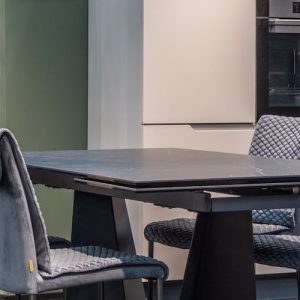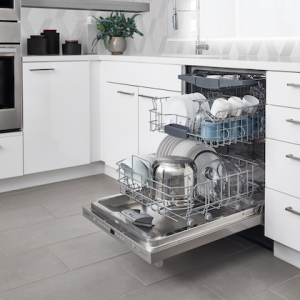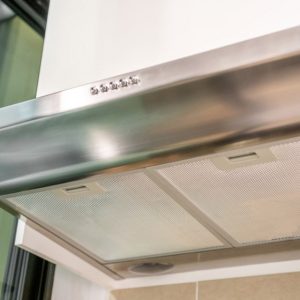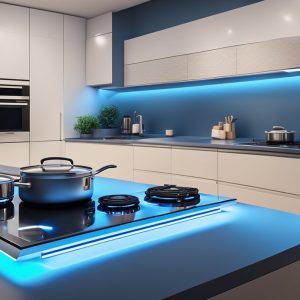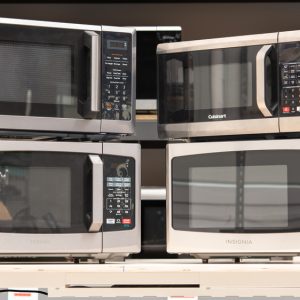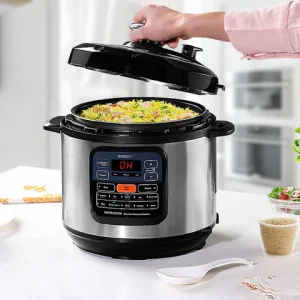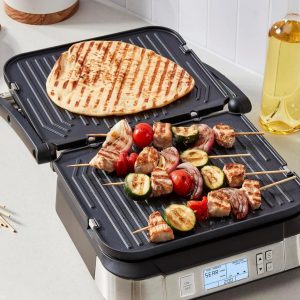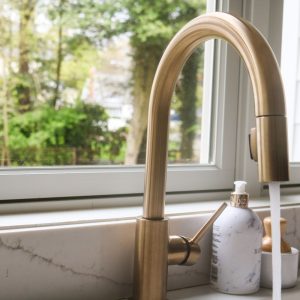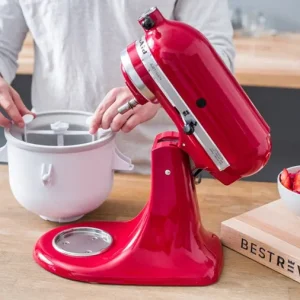
Cooking is an art that requires the right tools, and one of the most important tools in a chef’s arsenal is the pot. The right pot can make all the difference in the world when it comes to cooking your favorite dishes. In this article, we’ll provide a comprehensive guide to the best pot models for cuisine. Here is our advices to choose the Pot Models for Cuisine.
What are Pot Models for Cuisine?
Pot models for cuisine refer to different types of pots that are designed specifically for cooking various dishes. These pots come in different shapes, sizes, and materials, each with its own unique properties that make it suitable for specific types of dishes. Some common types of pots used in cuisine include stockpots, saucepans, Dutch ovens, and woks.
Pros and Cons of different Pot Models
Stockpots
- Pros: Ideal for making large batches of soups, stews, and stocks. They have tall sides that minimize evaporation and allow for slow, even cooking.
- Cons: They take up a lot of space, are heavy to lift when full, and tend to be more expensive than other types of pots.
Sauce Pans
- Pros: Ideal for making sauces, gravies, and boiling pasta. They come in different sizes, making them versatile for different amounts of food.
- Cons: They don’t hold as much volume as larger pots, and some models may not have a pouring spout, making it difficult to transfer liquids.
Dutch Ovens
- Pros: Ideal for slow cooking, braising, and roasting. They have thick walls that distribute heat evenly and retain it well, making them perfect for cooking tough cuts of meat.
- Cons: They tend to be heavy and can be difficult to clean due to their size.
Woks
- Pros: Ideal for stir-frying, sautéing, and deep-frying. They have a unique shape that allows for even heat distribution and quick cooking times.
- Cons: They may not be suitable for other types of dishes, and can be difficult to store due to their size and shape.
How to Choose the Right Pot Model
Choosing the right pot model depends on a variety of factors, including the type of dish you’re cooking, the amount of food you’re making, and your personal cooking preferences. Here are some tips to help you choose the right pot model:
- Consider the size of your family or the amount of food you typically cook.
- Think about the types of dishes you commonly make and choose a pot that is suitable for those dishes.
- Decide on the material of the pot based on your cooking preferences and budget.
- Look for pots with durable handles and lids that fit snugly.
Alternatives to Traditional Pots
While traditional pots are great for many types of dishes, there are also alternatives that may be more suitable for certain types of cooking. Here are a few examples:
- Slow Cookers: Ideal for slow-cooking meats, soups, and stews.
- Pressure Cookers: Ideal for cooking beans, grains, and tough cuts of meat quickly.
- Instant Pots: A versatile appliance that combines the functions of a pressure cooker, slow cooker, and rice cooker.
Step-by-Step Guide to Cleaning Pots
Keeping your pots clean is essential for maintaining their quality and durability. Follow these steps to clean your pots effectively:
- Rinse your pot with warm water and dish soap immediately after use.
- Use a non-abrasive sponge or cloth to scrub away any food residue.
- For stubborn stains, fill the pot with hot water and add a tablespoon of baking soda or vinegar. Let it sit for a few minutes before rinsing it out.
- Dry your pot thoroughly with a clean towel.
Tips for Using Pots Effectively
Here are some tips to help you get the most out of your pots:
- Use the right size pot for the amount of food you’re making to prevent burning or sticking.
- Use a lid to retain moisture and speed up cooking times.
- Preheat your pot before adding oil or other ingredients to prevent sticking.
- Invest in high-quality pots that will last for years with proper care.
The Best Pot Models for Cuisine
After considering various factors, we’ve compiled a list of the best pot models for cuisine:
- All-Clad Stainless Steel Stockpot: Ideal for making large batches of soup or stock.
- Le Creuset Dutch Oven: Perfect for slow-cooking and roasting meats.
- Lodge Cast Iron Skillet: Versatile for frying, sautéing, and baking.
- T-Fal Non-Stick Saucepan: Great for making sauces, gravies, and boiling pasta.
- Joyce Chen Carbon Steel Wok: Perfect for stir-frying and sautéing.
Conclusion
Choosing the right pot model can make all thedifference in the world when it comes to cooking your favorite dishes. Consider the type of dish you’re cooking, the amount of food you’re making, and your personal cooking preferences when choosing a pot model. Slow cookers, pressure cookers, and instant pots are also great alternatives to traditional pots for certain types of cooking.
Remember to clean your pots thoroughly after each use and follow our tips for using them effectively. Investing in high-quality pots will ensure they last for years with proper care.
FAQs
- Can I use a Dutch oven for baking bread? Yes, Dutch ovens are great for baking bread as they create a steamy environment that mimics a professional bread oven.
- What’s the difference between a pot and a pan? Pots typically have taller sides than pans and are better suited for cooking liquids like soups and stews, while pans are better for sautéing and frying.
- Is it safe to put non-stick pans in the dishwasher? While non-stick pans are generally dishwasher safe, it’s best to check the manufacturer’s instructions before putting them in the dishwasher.
- How do I know if my pot is oven-safe? Check the manufacturer’s instructions or look for an oven-safe symbol on the pot. If in doubt, it’s always best to err on the side of caution and not put it in the oven.
- Can I use a wok on an electric stove? Yes, woks can be used on electric stoves, but make sure the wok has a flat bottom to ensure even heat distribution.

